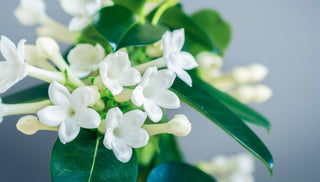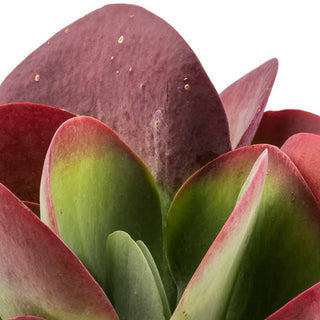☘ Origin: Southeast Asia, Philippines and Australia
☘ Family: Orchidaceae
☘ Botanical Name: Cymbidium
☘ Common Name: Boat Orchids
Symbolism: Cymbidium symbolizes pure, valued and respected friendship. The Cymbidium gets some extra symbolism from the orchid family tree. In ancient Greece, orchids stood for masculinity and fertility. Later, the flower were praised more highly in Europe for their beauty, strength and opulence.
🍃 Shop your Cymbidium Orchids Today!
🔆 Light
Cymbidium Orchid thrives in bright indirect sunlight, such as the light from an east-facing window. Don’t let your plant sit in direct sun, as the foliage and delicate flowers may scorch. If your Orchid does not get enough light, it will likely not rebloom.
Give your plant a turn every few days to expose all sides to light for even growth from all sides.
💧 Water
Cymbidium needs moderate watering during spring and summer, depending on the conditions. Water from above, making sure that excess water can drain away. Do not allow the plant to sit in water, and let the compost dry out a little before the next watering.
To give your plant the absolute best, room-temperature rainwater and bottled spring water are your best options. Any water containing sugar or salt will hurt your plant!
☁️ Humidity
In summer when the temperatures are higher, a slightly higher humidity of 60% is required. In winter when the temperatures are lower, lower humidity of 40%-50% can be maintained. To achieve this indoors, the Cymbidiums appreciate regular misting using filtered-water.
🌡️ Temperature
Prefers cooler growing conditions than some other tender indoor Orchids. Provide winter growing temperatures between (10-14°C). Keep the temperatures below (30°C) in summer to prevent damage to the plants.
🧴️ Food
During the growth season, spring through late summer, high nitrogen fertilizer (such as 30-10-10) is used. In late summer, use a high-phosphorus, blossom-booster fertilizer (such as 10- 30-20), to help form bloom spikes. Fertilize at full strength every week to two weeks. In winter, fertilize once a month.
🐾 Toxicity
Most species of Orchids are not toxic or poisonous to cats, dogs, or humans. However, if ingested, Orchid parts can cause stomach upset and discomfort. For the most part, Orchids are safe to have in your home if you also have pets or small children.
➕ Additional Tips
Cymbidiums have highly decorative flower spikes and are one of the least demanding indoor Orchids. To flower well, the plants need a distinct temperature drop between day and night during mid to late summer.



